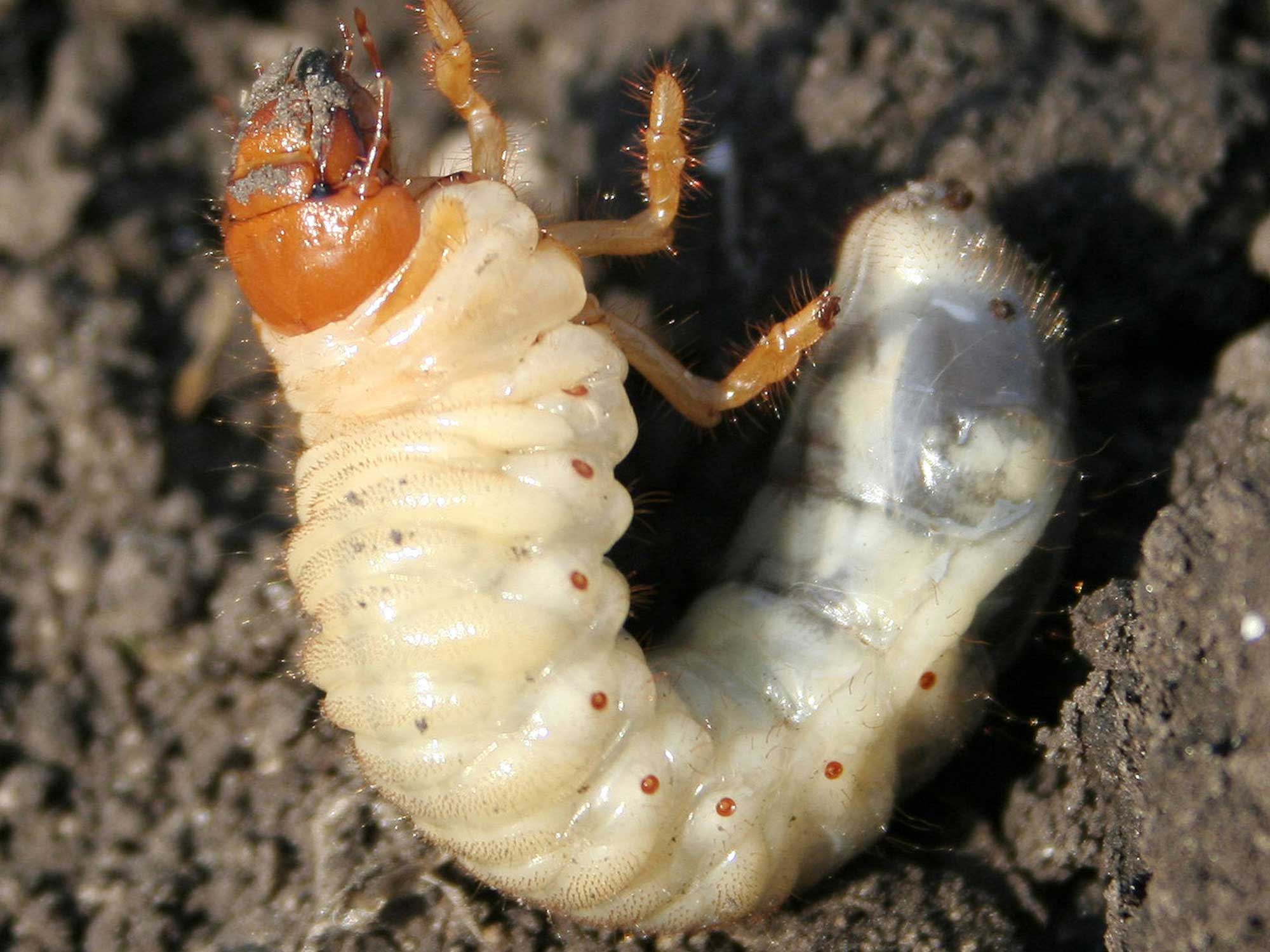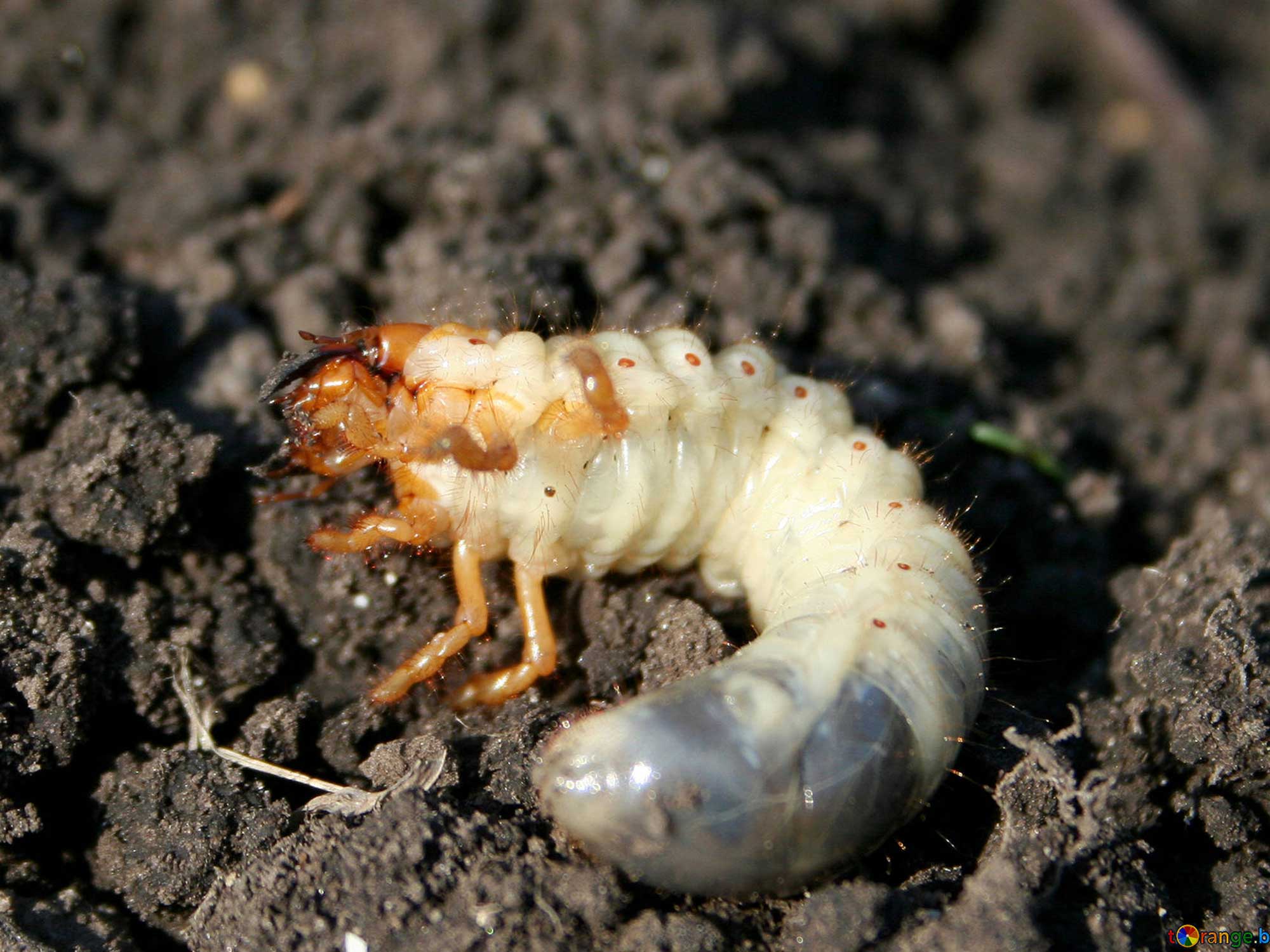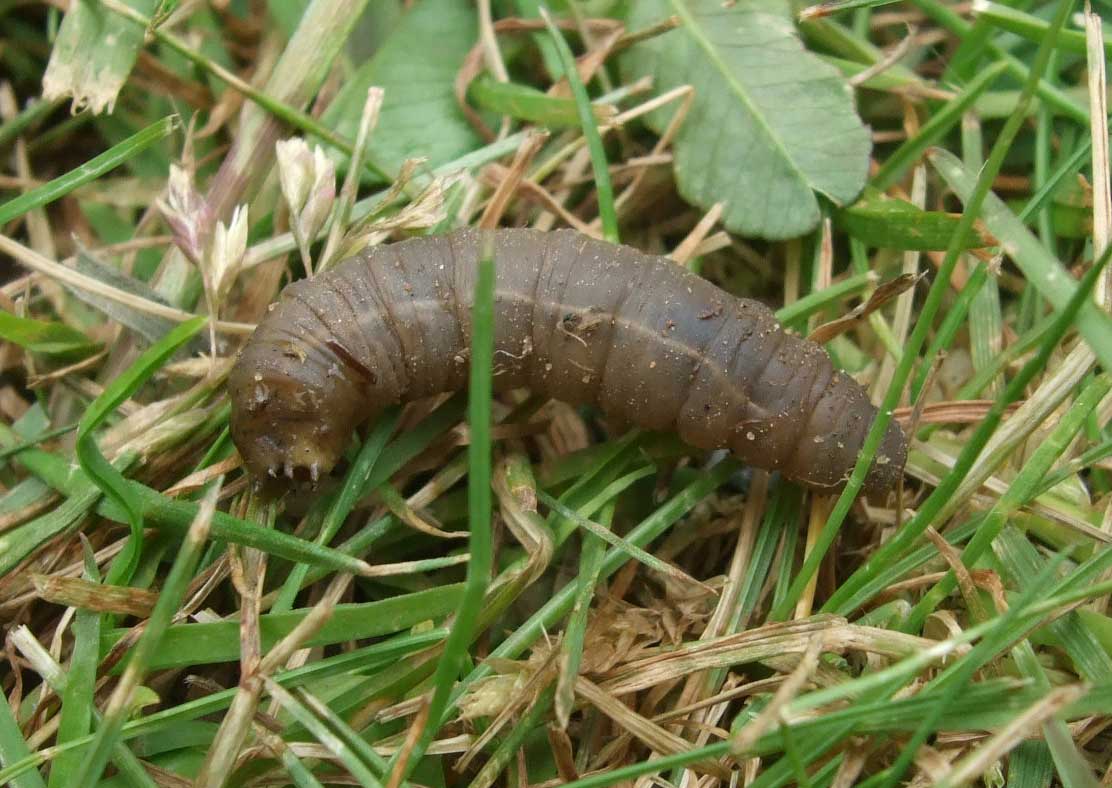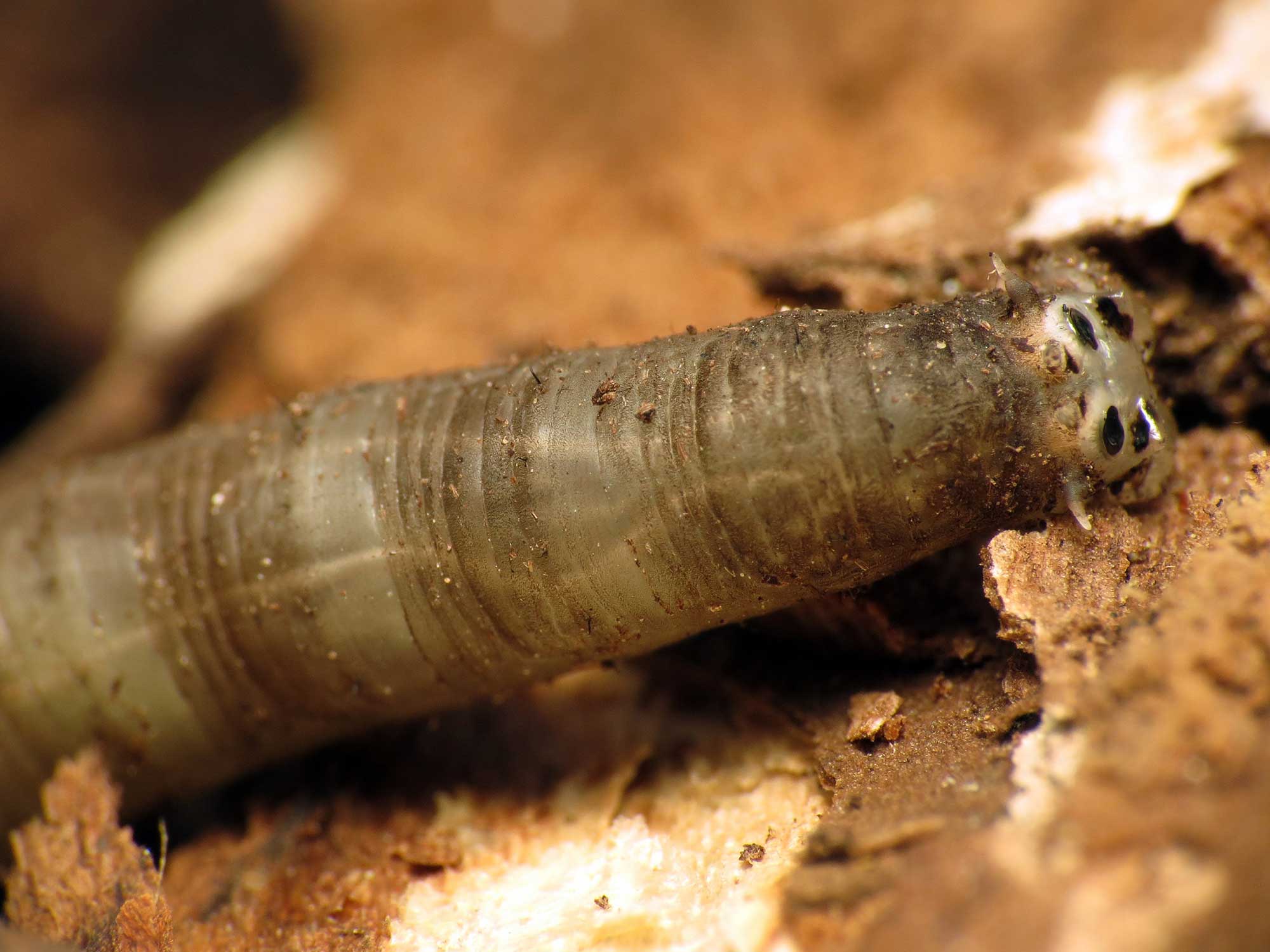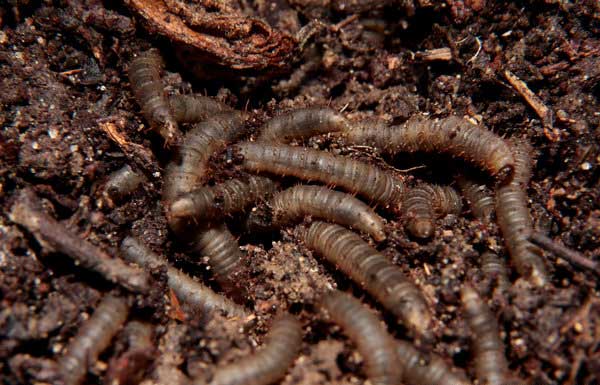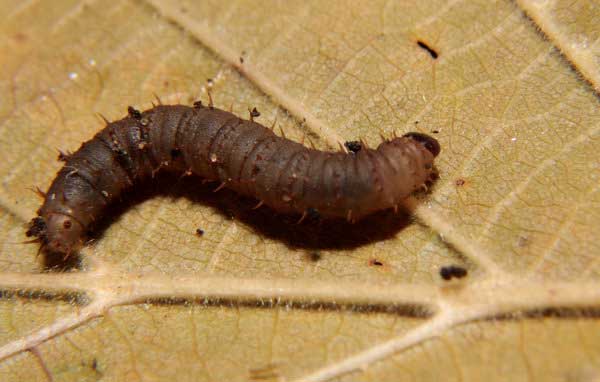Insect Larvae in Turf
All pesticides used in both production and domestic situations are subject to rigorous independent testing and government approval. Recent health concerns have led to the withdrawal of all effective key active ingredients previously used for insect larvae control not just in established turf but also in commercial turf production throughout the UK. Biological control (pathogenic nematodes) is available, their use on a production scale is quite simply impractical both in terms of application and cost.
To be positive, this is great for the environment as we are using less pesticide. However it does mean we are more likely than ever to occasionally encounter their presence in a roll of turf.
The grubs most commonly found in turf are the larval stage of the cranefly (daddy long legs), the chafer beetle and the fever fly. All these species are widespread and will be present in various quantities and are usually a sign of a healthy soil ecosystem. The grubs feed on root systems and quite often their presence is only noticed through secondary predation (birds pecking). Any damage is usually superficial and a well maintained turf will usually recover very quickly.
Chafer Grubs
Chafer grubs are the larvae of chafer beetles. There are several species of chafer and they are distinguished by their white colouration, six forelegs and a characteristic C-shape. The most commonly found species in turf production is the small garden chafer. It is very unlikely that the larvae of the largest and most damaging cock chafer will be found in rolls of turf because its lifecycle is much longer than the time taken to grow the turf crop.
Leatherjackets
Leatherjackets are the larvae of the crane fly or "daddy long legs". They have a silvery brown heavily segmented body up to 30mm long with no legs and the absence of any obvious head segment. They are more frequently encountered in wetter soils.
Bibionid Fly Larvae (St Marks or Fever Fly)
If you encounter a cluster of small larvae, it is most likely to be those of the bibionid fly species. Much smaller in size than the leatherjacket, they are recognisable by their very obvious protruding head capsule. Although their presence in a roll can appear dramatic due to the numbers, infestations are generally isolated in a very small area and can be easily removed or the area of turf simply cut out.
What do I do if I encounter insect larave in turf?
Firstly, if you notice their presence in a roll on delivery, there is absolutely no reason to be alarmed and not lay your turf. It is advisable that whilst you are laying your turf simply collect any grubs you may encounter and humanely destroy or ideally release elsewhere so nature can take its course.
Secondly, don't worry if you don't get them all. The small quantity you may have missed will simply complete their lifecycle and are very unlikely to cause any problem, in fact many simply won’t adapt to the change in environment or soil type and will die.
Thirdly, if bird activity is detected, then the use of a simple decoy or bird deterrent should be enough to prevent any secondary damage whilst the larvae complete their life cycle.
Photo Accreditation
Photos by Katja Schulz, Simon / CC 2.0


